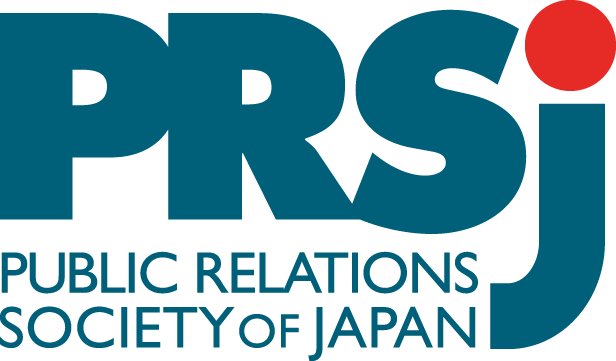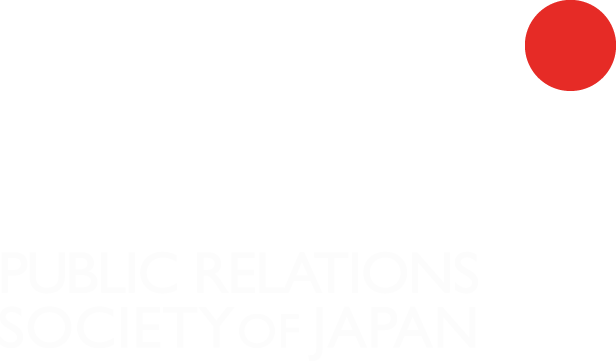June 20, 2019
Public Relations Society of Japan
1. Formulation of the PR Activity Guidelines
(1) These guidelines are based on the Code of Ethics established by the Public Relations Society of Japan (“the Society”) in 2016 and indicate norms of conduct that are to be standard practice for public relations professionals. Before using these guidelines, please check the Code of Ethics and ensure that you have a sound understanding of it. As a member of the Society, please also reaffirm your pledge to comply with the Code of Ethics.
(2) Society member companies are asked to consult the provisions set forth in these activity guidelines before preparing their own activity guidelines.
(3) To maintain consistency with ethical guidelines, activity guidelines and other guidelines prepared by advertising associations and other organizations and groups in adjacent industries, the Society will consult and cooperate with the respective industry organizations as necessary in matters of operation.
(4) Should a situation arise in the future such that amendments to legislation, changes in global trade practices, or the adoption of new digital technologies, etc., results in a significant disparity with the content of these activity guidelines and/or existing operations and activities, the PRSJ will organize a working group within the Society as necessary and revise these guidelines by adding provisions or making other modifications.
2. Scope of activities indicated in these guidelines
(1) From the wide range of public relations activities, this document provide guidelines specifically for PESO media-related activities. In the future, the Society will consider drawing up further guidelines in areas such as consulting and events.




